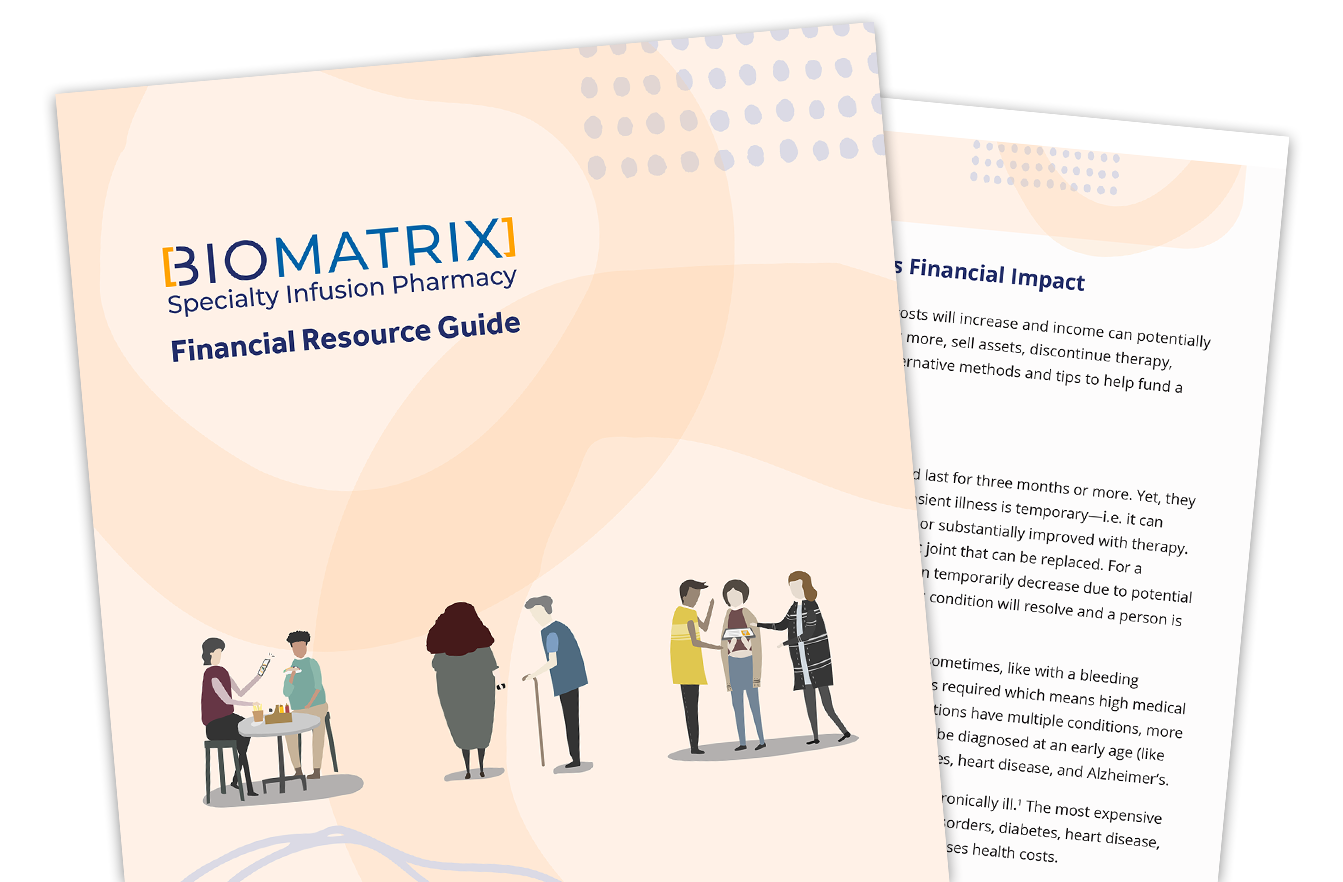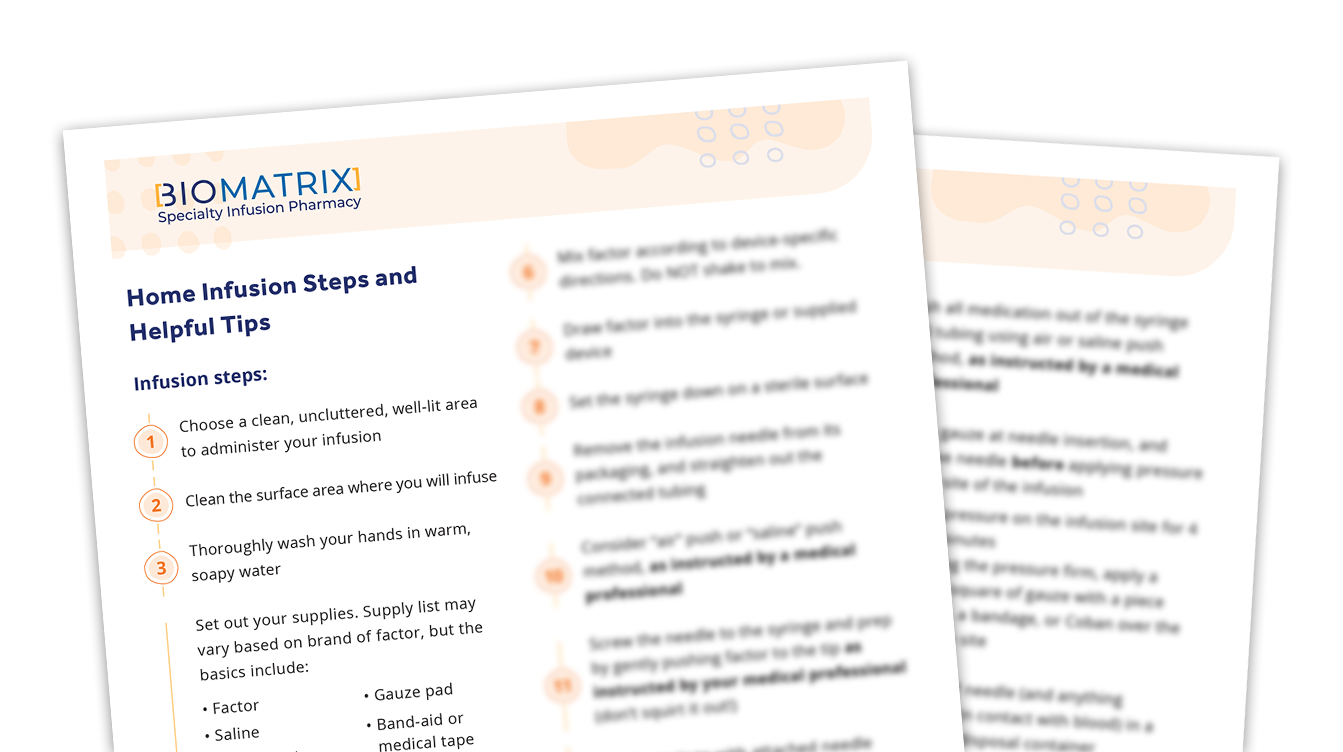By Felix “Swagger” Jacquez Garcia
Back in the day (pre-2000s), most adult community members with severe hemophilia had joint damage from lack of prompt treatment, perhaps an inhibitor, or the infamous hardheaded noncompliance from which some of us suffered. Though plenty of damage happened in wrists, elbows, and shoulders, it seems most of it was in weight-bearing joints – hips, knees and ankles. This resulted in many of us having an obvious limp. We accepted that limp and among our blood brothers found humor in it (call it a coping mechanism). We referred to it as the Hemo Swagger.
In high school and before my first total knee replacement, I used a cane to get around. I owned that look like I bought it with a Visa card! I even had a couple of fancy tweed and felt hats to complete the haughty look. After healing from knee replacement surgery, it was hard for me to stop carrying the cane. The swagger was gone (at least for a while), and I didn’t need the help to walk, but my cane had been a part of me for such a long time, I struggled to leave it behind.
After high school, I got involved in the bleeding disorders community and quickly realized I wasn’t alone. The Hemo Swagger was a trademark look at every bleeding disorders event I attended! Hemophilia Federation of America even had T-shirts printed with the phrase “It’s not a Limp, it’s a Swagger!” You knew exactly who the blood brothers were by watching them walk from one meeting session to another.
Some of you with young children may feel the urge to feel sad for us about this, but please don’t. The sight literally would bring a smile to my face. I fit in like nowhere else, and that feeling brought me joy. I like to think most of us felt comfort seeing us together like that. Not that we wished pain and discomfort on anyone else – we certainly didn’t, but it brought us a sense of comfort and belonging to know we were not alone in the diagnosis and effects of having a rare bleeding disorder.
In the early 2000s, I began attending advisory board meetings for pharmaceutical companies. I had the opportunity to help influence manufacturers’ educational and marketing materials, the types of programs they sponsored, and even where they focused their research. I remember participating in a meeting and being asked what we saw for the future of hemophilia treatment.
The two biggest hopes most participants had were treatment in pill form and treatment via subcutaneous injection. At the time, we were told by the experts that neither was realistic. However, the company thought a long-acting product might be the next big thing. For the sake of preserving veins and ensuring prophylactic routines, each of us agreed the improvement would be beneficial for our community.
Fast forward a few more years, and the first long-acting product hit the market. Soon after, multiple products became available for both hemophilia A and B; treatment options have expanded to allow prophylaxis to become easier for most, and especially for the younger generations. This was the beginning of the decline of the swagger, which for all sorts of reasons, was not a bad thing.
The evolution of treatment has brought more convenience, efficacy, and less intrusion into the lives of those with a bleeding disorder. This has resulted in increasing adherence to treatment plans and decreasing Annual Bleed Rates (ABR), making it harder to identify a person with a bleeding disorder just by their gait!
Older guys like me have had surgeries and joint replacements, and many of us now walk with no or barely noticeable limps. The younger generation is faring even better with improved access to health care, new and improved factor products, and prophylactic care. A patient must no longer wait for a joint or muscle bleed to be out of control before receiving treatment.
I still smile when I look at our community gathering at meetings, but now it’s not the Hemo Swagger that makes me smile. It’s the fact we still come together as a community, we still find a commonality, and we still find joy and comradery in one another’s company. I hope future generations never have to experience life with a permanent hitch in their gait, but I am proud to have lived through the days when it was almost impossible to avoid. For those of you who may still have one or if you remember those days, we are family. May we ‘swagger’ together for years to come!
If you are young and healthy enough to have hopefully avoided serious knee or ankle issues, be sure to thank a “veteran” blood brother or sister for paving the path. Our community fought hard for access to care, demanded better treatments, and pushed for all these new treatment technologies we enjoy today, and more coming in the future (I’m still pushing for a factor pill!).
And about my cane? Since my surgery and treatment have been successful, my cane is now used to shift the AC vent up and down. Don’t worry bleeding disorders family, our bond—whether visible or not—still runs deep through our veins. #HemoStrong
Patient Navigation Program
Securing access to prescribed therapy, resolving insurance issues, and dealing with medically-related financial burdens represent some of the health system challenges faced by members of the bleeding disorders community. Our Patient Navigation Program is here to help!
DISCLAIMER: THIS IS NOT MEDICAL OR LEGAL ADVICE. All information, content, and material is for informational purposes only and is not intended to serve as a substitute for the consultation, diagnosis, and/or medical treatment of a qualified physician or healthcare provider or as legal advice. Please consult a physician or other health care professional for your specific health care and/or medical needs or concerns and never disregard professional medical advice or delay in seeking it because of something you have read here or on our website.
Stay informed on the latest trends in healthcare and specialty pharmacy.
Sign up for our monthly e-newsletter, BioMatrix Abstract.
By giving us your contact information and signing up to receive this content, you'll also be receiving marketing materials by email. You can unsubscribe at any time. We value your privacy. Our mailing list is private and will never be sold or shared with a third party. Review our Privacy Policy here.













































